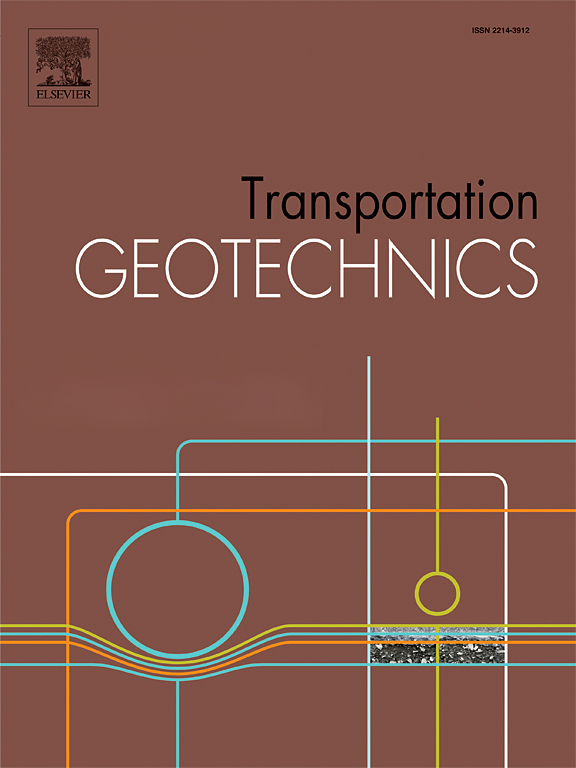融合当前和历史数据的新型 Bi-LSTM 方法,用于测量盾构隧道的隧道参数
IF 4.9
2区 工程技术
Q1 ENGINEERING, CIVIL
引用次数: 0
摘要
合理的盾构掘进参数对控制地面稳定性和提高掘进效率至关重要。在开挖前预测盾构隧道参数至关重要。本文介绍了一种新颖的深度学习方法,该方法整合了双向长短期记忆(Bi-LSTM)层和全连接(FC)层,将当前数据和历史数据融合在一起,用于盾构隧道参数预测。历史数据捕捉了挖掘断面对当前预测环的影响,而当前数据则考虑了当前条件。特征融合方法消除了历史数据和当前数据之间的维度差异。由此产生的包含两种数据类型的张量被输入 FC 层以生成预测结果。通过预测中国青岛地铁 4 号线的盾构刀头扭矩,证明了该方法的有效性,其性能明显优于传统的 Bi-LSTM、MLP 和 RF 方法。消融研究进一步分析了不同组件模块和结构参数对模型性能的影响。总之,这种创新方法可提供精确的盾构隧道参数预测,提高地面稳定性和隧道效率。本文章由计算机程序翻译,如有差异,请以英文原文为准。
A novel Bi-LSTM method fusing current and historical data for tunnelling parameters of shield tunnel
Reasonable shield tunnelling parameters play a crucial role in controlling ground stability and enhancing tunnelling efficiency. Predicting shield tunnelling parameters before excavation is of paramount importance. A novel deep learning method is introduced, integrating bidirectional long short-term memory (Bi-LSTM) layers, and fully connected (FC) layers to fuse current and historical data for shield tunnelling parameters prediction. Historical data captures the impact of excavated sections on the current predicted ring, while current data considers present conditions. A feature fusion method eliminates dimensional differences between historical and current data. The resulting tensor, encompassing both data types, is fed into the FC layer to generate predictions. The effectiveness of the method is demonstrated by predicting shield cutter head torque for Qingdao Metro Line 4 in China, outperforming traditional Bi-LSTM, MLP and RF methods significantly. Ablation studies further analyze the impact of different component modules and structural parameters on model performance. Overall, this innovative approach offers accurate shield tunnelling parameters prediction, enhancing ground stability and tunnelling efficiency.
求助全文
通过发布文献求助,成功后即可免费获取论文全文。
去求助
来源期刊

Transportation Geotechnics
Social Sciences-Transportation
CiteScore
8.10
自引率
11.30%
发文量
194
审稿时长
51 days
期刊介绍:
Transportation Geotechnics is a journal dedicated to publishing high-quality, theoretical, and applied papers that cover all facets of geotechnics for transportation infrastructure such as roads, highways, railways, underground railways, airfields, and waterways. The journal places a special emphasis on case studies that present original work relevant to the sustainable construction of transportation infrastructure. The scope of topics it addresses includes the geotechnical properties of geomaterials for sustainable and rational design and construction, the behavior of compacted and stabilized geomaterials, the use of geosynthetics and reinforcement in constructed layers and interlayers, ground improvement and slope stability for transportation infrastructures, compaction technology and management, maintenance technology, the impact of climate, embankments for highways and high-speed trains, transition zones, dredging, underwater geotechnics for infrastructure purposes, and the modeling of multi-layered structures and supporting ground under dynamic and repeated loads.
 求助内容:
求助内容: 应助结果提醒方式:
应助结果提醒方式:


